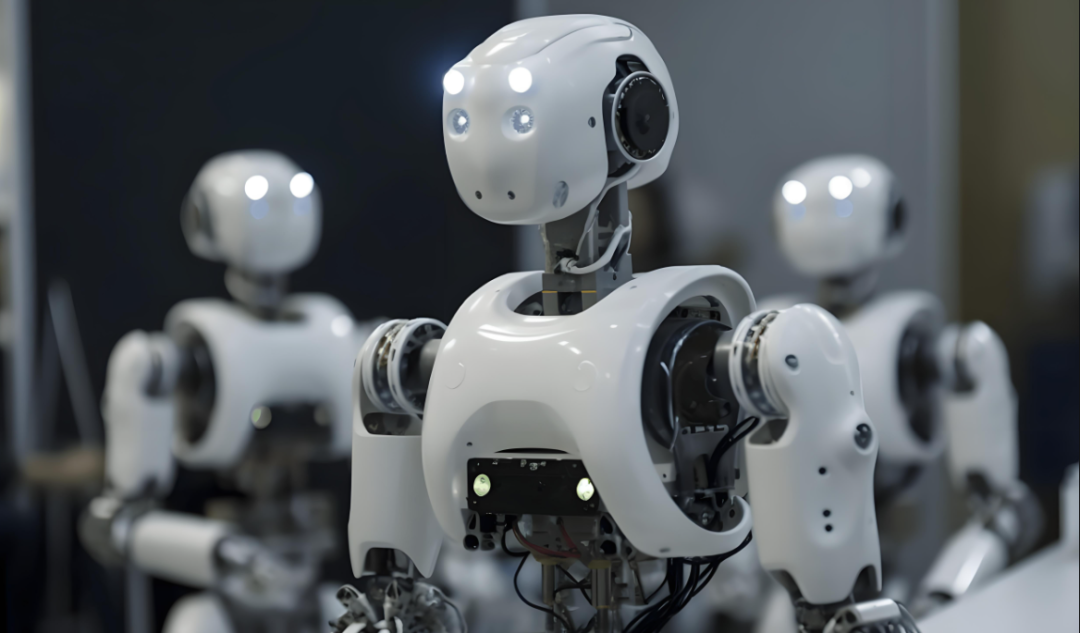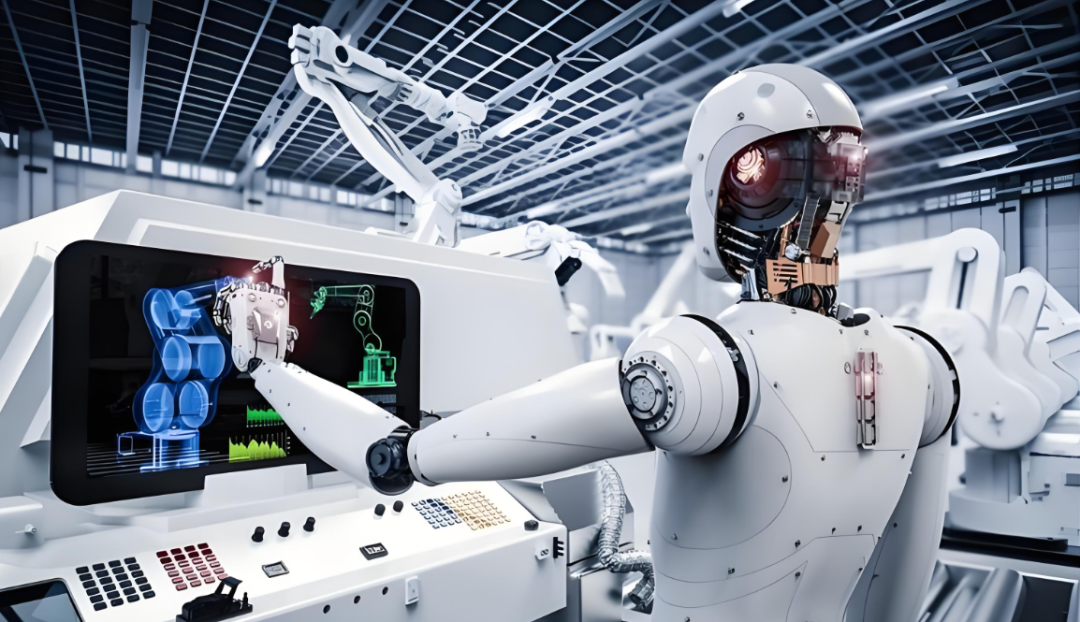As humanoid robots transition from laboratories to commercialization, the sensor market is forming a new trillion-dollar track, with five core companies expected to share the market dividends due to their technological barriers.
1. Sensors: The “Sensory System” of Humanoid Robots
Sensors are like the nerve endings of humans, serving as the core components for humanoid robots to interact with their environment. Their performance directly determines the intelligence level of the robots and the boundaries of their application scenarios.
Industry data shows that a complete humanoid robot requires 50-100 various sensors, with a single unit valued at 5000-10000 yuan.

Core Sensor Types and Technological Routes
1. Environmental Perception Sensors: Building the Robot’s “Vision and Hearing”
Visual Sensors (approximately 35% share): Including 2D/3D cameras, ToF sensors, etc., with price ranges of 200-2000 yuan, mainly used for object recognition and spatial modeling.
LiDAR (20% share): Prices have dropped below 3000 yuan, with fierce competition between 905nm and 1550nm technology routes—the former is cheaper, while the latter has stronger anti-interference capabilities, suitable for complex scenarios.
Millimeter Wave Radar (15% share): The mainstream products operate in the 77GHz frequency band, priced around 500 yuan, excelling in penetrating smoke, dust, and other harsh environments, complementing visual sensors.
2. Body Perception Sensors: Endowing Robots with “Touch and Balance”
Torque Sensors (15% share): Six-dimensional force sensors are core components of collaborative robots, with prices reaching 8000-15000 yuan, currently dominated by overseas manufacturers like ATI and Schunk.
IMU Inertial Measurement Units (10% share): 9-axis IMUs are priced around 200-500 yuan, used for real-time monitoring of robot posture and motion trajectories, crucial for balance control.
Tactile Sensors (5% share): Emerging electronic skin technology is still priced over 10,000 yuan, but there is urgent demand in scenarios like bionic grasping and human-robot interaction.
3. Market Size and Growth Curve
Global Market: According to reports, the global robot sensor market is expected to reach 5 billion USD by 2028, with a compound annual growth rate of 13.1%.
Chinese Market: The market size is expected to exceed 8.5 billion yuan by 2025, with an annual growth rate exceeding 40%, mainly benefiting from the accelerated commercialization of local manufacturers like UBTECH and DaTang Technology.
3. Layout of Five Core Sensor Companies in China
1. Hanwei Technology (300007)
Technical Advantages: Possesses independent R&D capabilities in gas sensors, pressure sensors, temperature and humidity sensors, etc. Its MEMS (Micro-Electro-Mechanical Systems) technology platform supports the production of high-precision, miniaturized sensors, suitable for the environmental perception needs of humanoid robots.
Market Position: Holds approximately 5% global market share in gas sensors and 10%-15% market share in the flexible electronic skin segment.
Cooperative Clients: Huawei (exclusive supplier of flexible electronic skin sensors), Yushu Technology, UBTECH, Tesla.
2. Minxin Co., Ltd. (688286)
Technical Advantages: In the field of humanoid robots, its high-precision MEMS inertial sensors (IMU) and force sensors are key products applicable in posture control and environmental perception.
Market Position: Maintains a stable fourth place in global MEMS microphone market share, with third in acoustic sensor chip shipments worldwide.
Cooperative Clients: UBTECH, DaTang Technology, but with lower supply volumes.
3. Orbbec (688322)
Technical Advantages: One of the few companies globally mastering full-stack 3D visual perception technology. Its products span the entire industry chain from “chip-algorithm-hardware-solution-ecosystem,” achieving independent control from bottom-level chip design to upper-level solutions, reducing costs by 30% compared to international brands.
Market Position: Holds over 70% market share in China’s service robot 3D visual sensor market, firmly in first place in the industry.
Cooperative Clients: UBTECH, DaTang Technology, Zhiyuan Robotics, Tesla.
4. Huagong Technology (000988)
Technical Advantages: Subsidiaries Huagong Laser and Huagong Image have years of R&D experience in LiDAR and 3D visual sensors, covering technologies like TOF and structured light, suitable for robot navigation and environmental perception.
Market Position: Holds over 70% global market share in air conditioning temperature sensors and over 60% in domestic new energy vehicle PTC heaters.
Cooperative Clients: UBTECH, Xiaomi Robotics, Estun, Siasun Robotics.
5. Keli Sensor (603662)
Technical Advantages: The company has independent R&D capabilities in six-dimensional force sensors, with precision reaching ±0.1% FS (full scale), response time <1ms, suitable for robot joint force control and dynamic balance, with costs 20% lower than international brands.
Market Position: Ranked third globally in six-dimensional force sensors, with a localization rate exceeding 35%.
Supply Clients: Huawei Robotics (core supplier), Xpeng (dexterous hand sensors), Kepler Robotics, UBTECH.

##Driven by both technological iteration and market demand, opportunities are surging in the field of humanoid robot sensors. However, uncertainties in technological routes, fierce market competition, and potential risks such as data security also loom large, necessitating collaboration among all industry parties to break the deadlock and ensure steady progress in this emerging field.
What other fields of company introductions would you like to see? Please let me know in the comments below. ↓↓↓
Original content is not easy, ↑↑↑ Please click the public account above to follow and support me! Add a star to get professional and valuable research reports at the first time every day.
Wishing prosperity to all the bosses reading this!
Risk Warning: The above content is for reference and learning purposes only. The information is sourced from software displays and publicly available internet data. The related stocks are not recommendations and should not be used as a basis for buying or selling. Investors should make investment decisions based on their own circumstances and bear investment risks independently. The market has risks; investment requires caution!